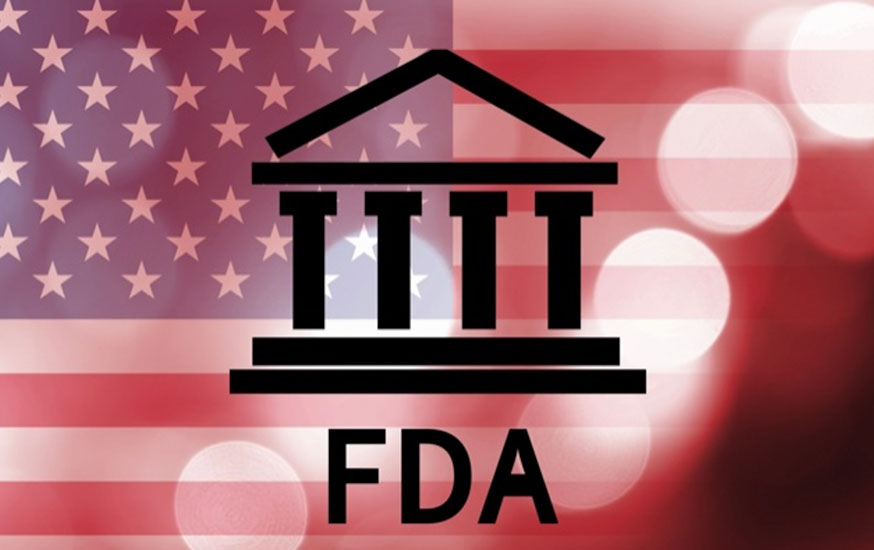The FDA issued its Fiscal Year (FY) GDUFA Science and Research Report last week (read the full report here and the awarded research contracts and grants here). A review of the innovative scientific focus areas helps those of us in the industry to get a sense of where the FDA is headed in support of its objectives.
FDA seems clearly focused on the following areas:
- Complex and difficult to approve products (such as nanoparticles, topicals, suppositories, peptides)
- Increasing the potential to approve these difficult products
- Opioid abuse deterrents
- Additional research in other various areas
The FDA has given awards and grants that largely explore modeling and predictive analytics related to demonstration of bioequivalence, and how to extend in-vitro bioequivalence measures. The information gained from these studies will likely be used by the FDA to further its understanding and thinking on these subjects; thus far, it appears to have resulted in the issuance of several Product Specific Guidances (PSGs) that are referenced within the report.
Industry awaits the FDA’s assimilation of this data in aggregate and translation of it more broadly into practical guidance. We hope to see details of what new methods and techniques the FDA will accept in the future, so that these can be incorporated into future product development programs and the resulting gains of this work can be realized by industry.
If you have any questions or are in need of regulatory services, please reach out to Lachman Consultants at LCS@Lachmanconsultants.com.




